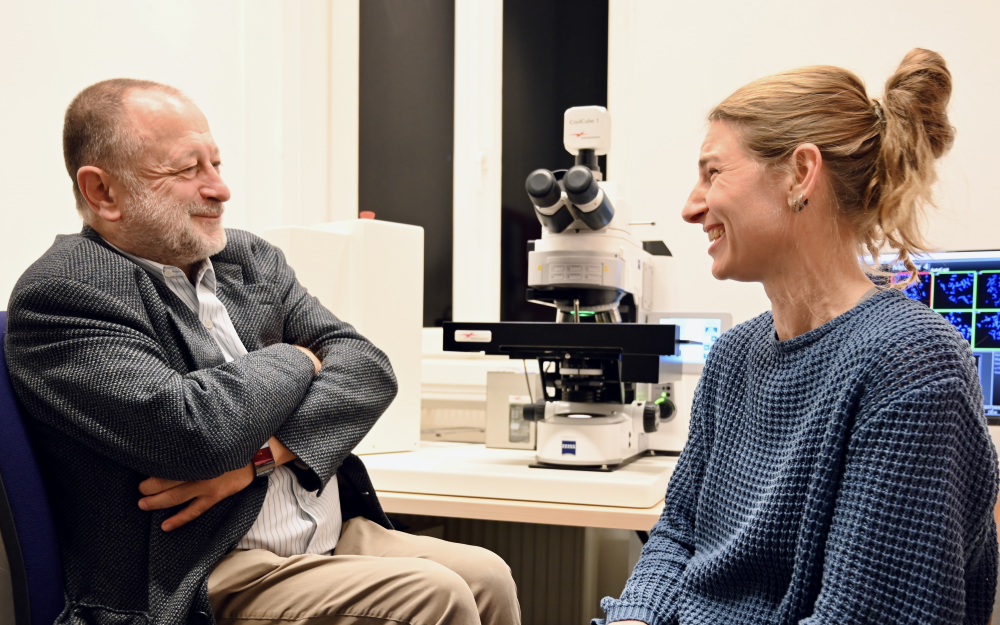
Highlighting the relevance of chromosome 21 for childhood lymphoblastic leukemia
Chromosome 21 is the most affected chromosome in childhood acute lymphoblastic leukemia. Many of its numerical and structural abnormalities define diagnostically and clinically important subgroups. In their recent publication, investigators from St. Anna Children’s Cancer Research Institute, St. Anna Children’s Hospital and Labdia Labordiagnostik GmbH have now provided a comprehensive overview of all these types as well as their respective subtype-specific incidence and distribution. The results of this study are based on 578 cases that were analyzed using DNA arrays, the currently most advanced and preferred method for the precise simultaneous genome-wide assessment of leukemia-associated copy number alterations with an extraordinary high resolution.
By doing so, they uncovered some unusual and difficult to explain discrepancies between the number of extra chromosome copies and their anticipated parent-of-origin-specific sequence patterns. “Such phenomena only become apparent in leukemias with four or even five copies of chromosomes 21 that develop in Down syndrome individuals with an inborn trisomy 21”, explains Karin Nebral, co-first and -corresponding author of the study. “A more in-depth analysis of such intriguing cases may eventually provide important clues about the mechanisms that cause the maldistribution of chromosomes and the way in which certain gene regions may contribute to the transformation process and increase the likelihood for developing such types of leukemias”, adds Oskar A. Haas, senior author of this study.
Go to publication >> https://pubmed.ncbi.nlm.nih.gov/34572826/